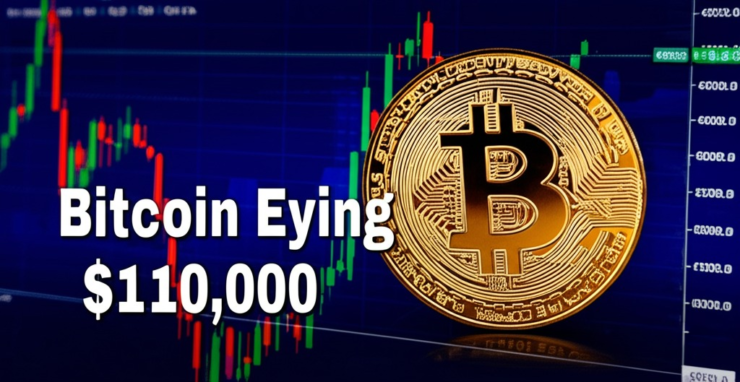Bitcoin is trading in a tight range ahead of the U.S. Personal Consumption Expenditures (PCE) inflation report due March 28, with investors bracing for a possible price surge to $110,000. The PCE index, which tracks consumer spending and inflation, could become a key catalyst for the cryptocurrency, according to analysts.
QCP Group, a Singapore-based digital asset firm, highlighted the inflation print as the next focal point for markets.
“As we approach Friday’s quarterly expiry, with the highest open interest in topside strikes above $100K, we don’t expect major volatility driven by options positioning alone. But attention will turn to the PCE inflation print, which could become the next key catalyst,”
the firm wrote on Telegram.
Bitcoin has posted an average return of 12.9% in April over the past decade, according to CoinGlass data, making it one of the strongest months historically for the cryptocurrency. Analysts suggest that easing monetary policy from the Federal Reserve may amplify this seasonal trend.
“The Federal Reserve’s recent decision to ease its monetary tightening could further boost liquidity, favoring a price increase in the near term,”
said Juan Pellicer, senior research analyst at IntoTheBlock. He pointed to institutional activity as a key driver.
“BTC is showing signs of recovery, driven by growing institutional interest and significant investments from large players,” Pellicer noted.
Arthur Hayes, co-founder of BitMEX and CIO of Maelstrom, projected a potential spike to $110,000 before a pullback to $76,500. Despite volatility risks, Pellicer said momentum and support levels currently favor upward movement.
Trade Tensions Add Pressure Ahead of April 2 Deadline
Investors remain cautious amid unresolved global trade tensions. Bitcoin has declined more than 14% since January 20, when President Donald Trump imposed tariffs on Chinese imports. Markets saw a partial recovery after Trump suggested that some trading partners might qualify for exemptions or reductions.
“I’m looking forward to seeing what happens with the tariffs from April 2nd onward. Maybe we’ll see some of them dropped, but it depends if all countries can agree,”
said Nicolai Sondergaard, a research analyst at Nansen.
The uncertainty surrounding trade negotiations may continue to weigh on risk assets until a resolution emerges. For now, investor focus remains on Friday’s PCE data, which could clarify inflation trends and determine short-term price direction for Bitcoin.
The most recent PCE report, released on February 28, showed a 2.5% year-over-year increase in consumer prices for January 2025. December and November figures were 2.6% and 2.5%, respectively, according to the U.S. Bureau of Economic Analysis. The March 28 release will update those numbers and likely set the tone for April’s trading environment.





